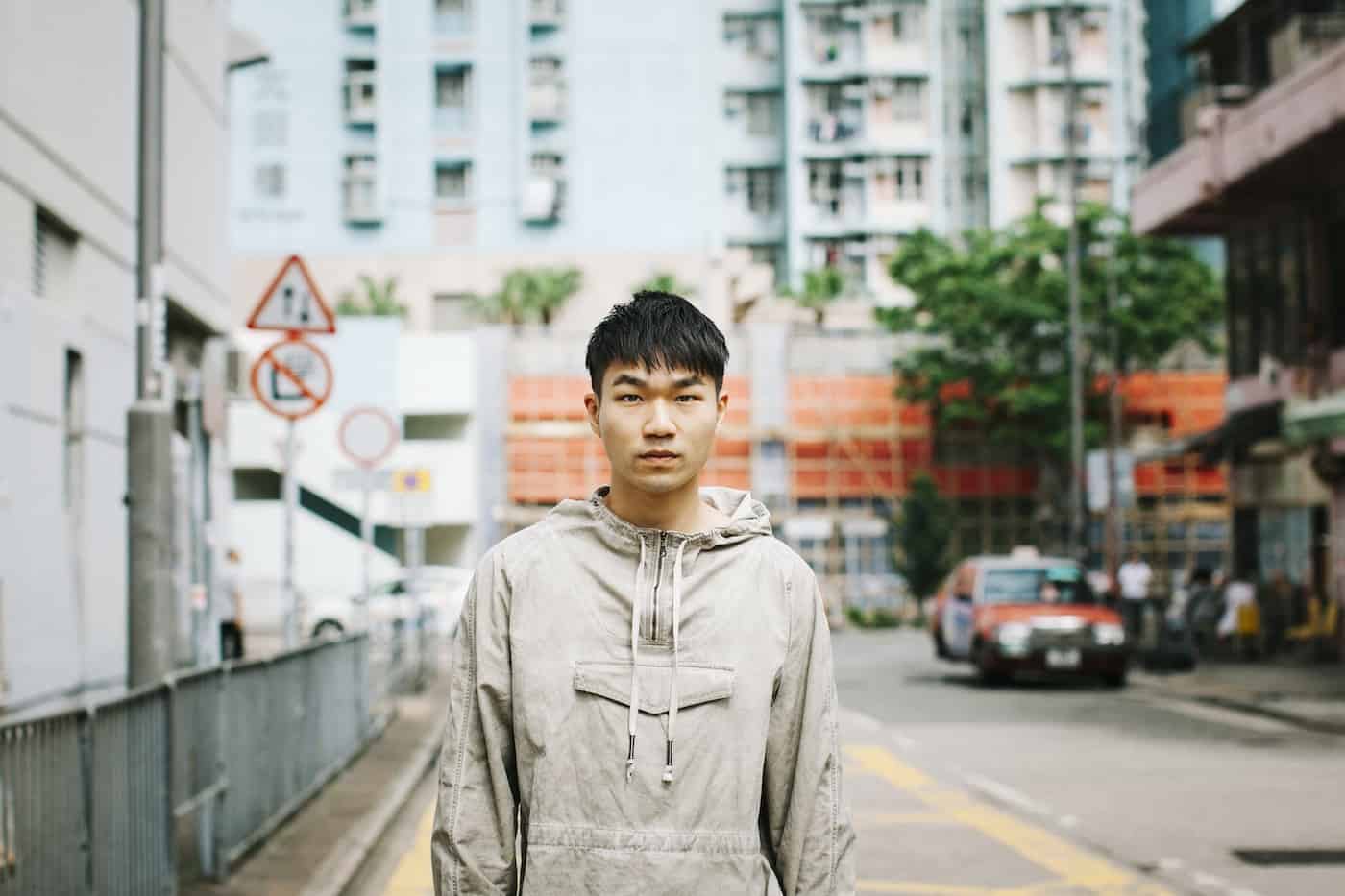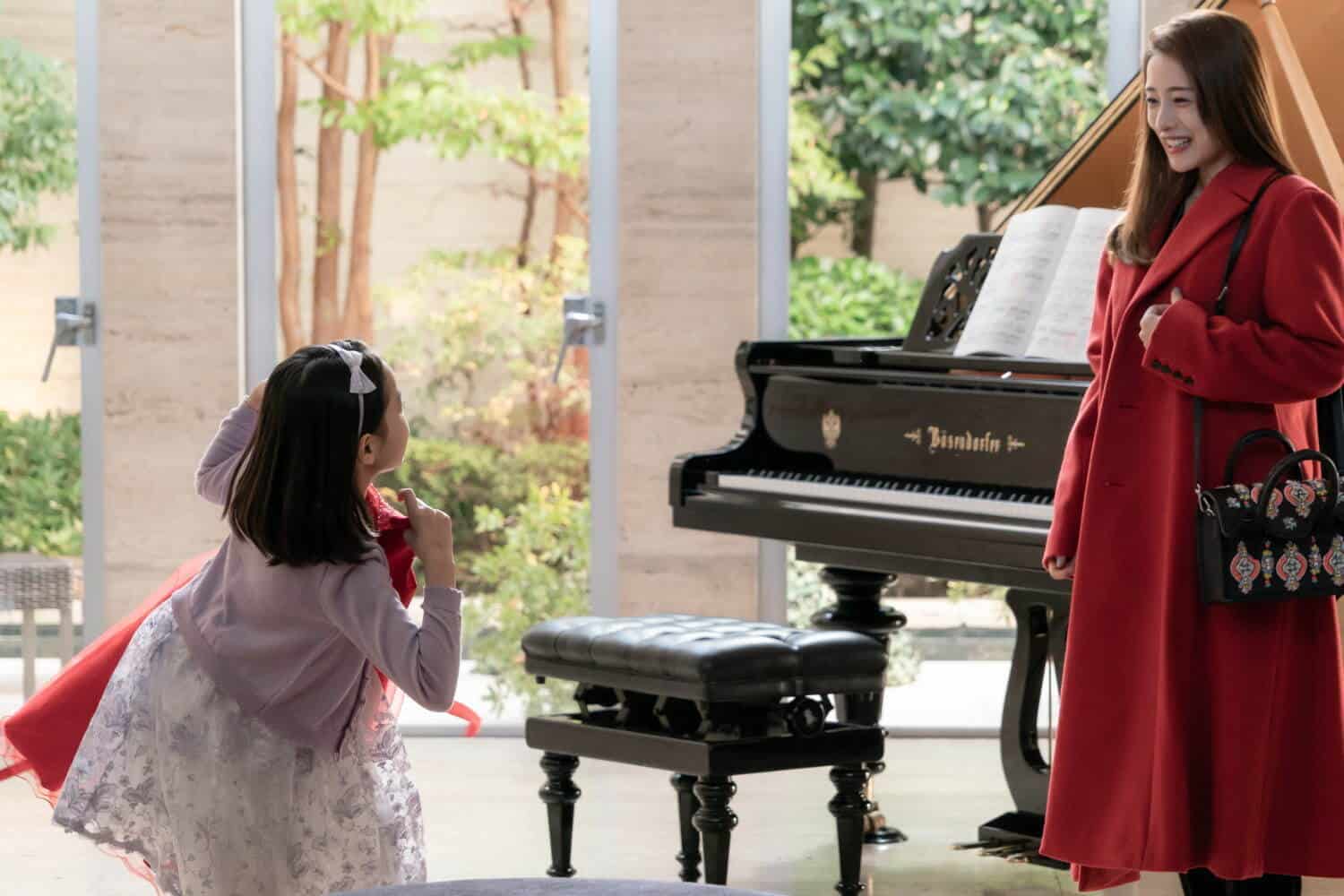If one would have to describe the atmosphere of Taiki Sakpisit's feature debut “The Edge of Daybreak” in one word, “unheimlich” would definitely come to mind. This film combines stunning images, an unsettling narrative and sinister sounds to submerge the viewer in a troubled family history. As such it is a perfect blend of the two aspects of his career as both a visual artist and a filmmaker.
The Edge of Daybreak screened at International Film Festival Rotterdam

The story of “The Edge of Daybreak” is inspired by true events from Thai history, namely the oppression of the student uprisings in the 1970s and the 2006 military coup. However, Taiki Sakpisit uses them rather to refer to certain emotions than to visualize the events themselves. What interests him is the impact of a political crisis and the violence and separation that follow, on the family life of those involved. He shows us a family that is marred by psychological trauma and violence, one generation after another. With absent fathers and guilt-ridden mothers, the children seem bound to repeat the mistakes from the past.
“The Edge of Daybreak” starts with a voice-over, but dialogue is sparse, especially in the first half of the film. Nevertheless, what is said matters, and the same goes for what is shown, requiring a more active stance from the viewer than the slow pace of the movie would imply. The narrative that, at first, might be hard to follow comes full circle in the end. One could argue that a bit more guidance might have made it more accessible, but the sense of confusion and mystery adds to conveying the feeling of an impending, inevitable doom that plagues the characters. This is underlined even more by the slow pace of acting. When the Mother (Manatsanun Panlertwongskul) and her lover (Chalad Na Songkhla) talk about crucial events from their past, the lethargy that they convey adds to a feeling of paralysis, of being stuck in a nightmare that could be both dream or reality.
Food often plays an important role in Asian cinema when it comes to bringing families together and have them talk and discuss their problems and everyday life. However, in “The Edge of Daybreak” it plays a different role. The one communal dinner progresses in total silence. Tension builds up by what is left unsaid. Women prepare food but the emphasis is on the more gruesome aspects such as slaughtering a chicken or butchering a pig. On top of that, the film is laced with still lifes of dead animals and decaying food, shown in dilapidated locations. In art, still lifes of food and game are normally used to show richness and splendor, but here the images rather echo the lack of perspective in life.
The cinematic action is slow with long pans and often a static camera. The cinematography relies heavily on the power of the center, putting characters squarely in the middle of the screen. There they appear or disappear through doors and windows, not only in the film, but also in the lives of their relatives. The monochrome shots have a crispness that makes them easy to read, something many black and white films struggle with. For this but also for the tight framing and visualizing of the before-mentioned still life shots this the cinematographer (Chananun Chotrungroj) should be praised, as they are essential parts in conveying the message of “The Edge of Daybreak”.
Next to the imagery, sound is equally important in setting the atmosphere. The sound design relies mostly on diegetic sounds of nature and machinery and there is room for silence as well. However, in combination with the music, it makes the viewer's hair stand on end. Taiki Sakpisit and composer Yasuhiro Morinaga have worked together for almost 10 years on different types of projects, such as his short film “The Mental Traveller” (2019) that was selected for IFFR's Tiger Short Competition in the past. On “The Edge of Daybreak”, Morinaga collaborated closely with sound designer Akritchalerm Kalayanamitr, resulting in a compact and homogeneous sound image.
In his debut feature ,Taiki Sakpisit achieves his goal: to convey the feelings of fear and hopelessness that families face when involved in violence as a result of political events.















